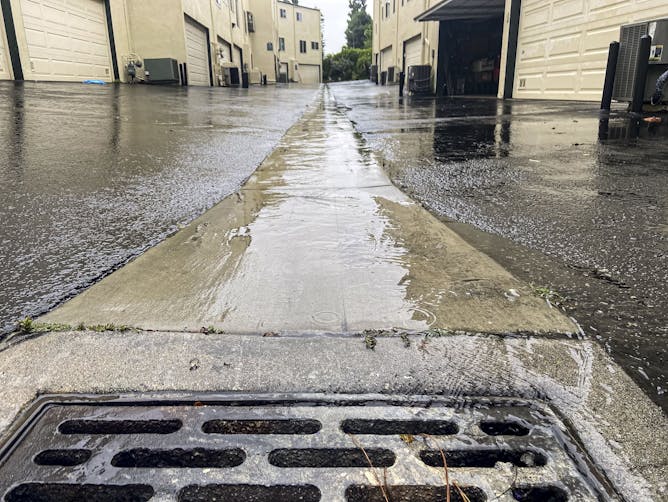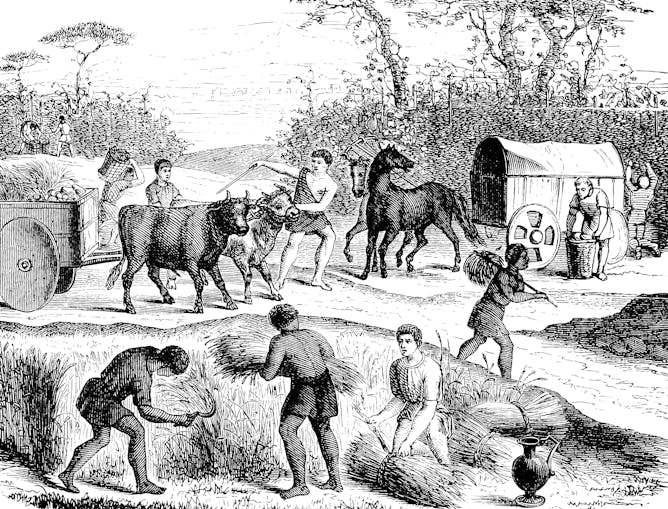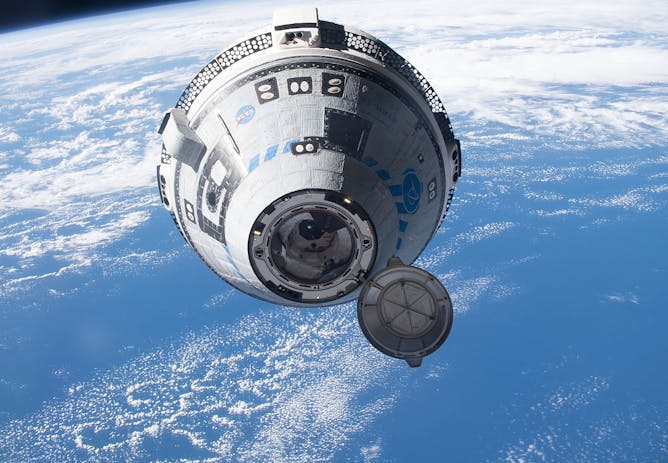|
Extreme weather driven by climate change is battering cities around the world. One of the biggest impacts is urban flooding: When heavy rains fall on urban areas where many surfaces are paved, the water has few places to soak in, so it spreads across streets and into homes and other properties.
Franco Montalto, a professor of civil engineering at Drexel University who studies and designs strategies for sustainably managing urban stormwater, says that green engineering is a viable strategy for mitigating urban flooding. But in the U.S., it’s currently being done only at a pilot level. Montalto explains how to scale up and accelerate this work in ways that could transform North American metros into true “sponge cities,” where every surface is connected to
a park, rain garden, constructed wetland or other space designed to flood safely.
Also in this week’s science news:
If there’s a subject you’d like our team of science editors to investigate, please reply to this email.
|

Water runs into a storm drain in a Los Angeles alley on Aug. 19, 2023, during Tropical Storm Hilary.
Citizen of the Planet/Universal Images Group via Getty Images
Franco Montalto, Drexel University
US cities are doing green infrastructure, but in bits and pieces. Today’s climate-driven floods require a much broader approach to create true sponge cities that are built to soak up water.
|

The changes that came with the transition from foraging to farming paved the way for disease.
Nastasic/DigitalVision Vectors via Getty Images
Ron Barrett, Macalester College
Human factors − such as how people produce food and how they organize themselves and live together − influence disease outbreaks.
|

Boeing’s Starliner spacecraft on approach to the International Space Station during an uncrewed test in 2022.
Bob Hines/NASA
Wendy Whitman Cobb, Air University
The Starliner’s planned crewed test on May 6, 2024, was scrubbed after a technical issue with the rocket taking it up to orbit.
|
|
|

Samer Zaky, University of Pittsburgh
The durability and longevity of teeth lie in the complex interplay between six different tissues, all of which play an intricate role in tooth formation and health.
| |

Eryn Cangi, University of Colorado Boulder
Studying Venus’ water loss can help scientists better understand how planets go from potentially habitable to incapable of supporting life.
|

Mohan Qin, University of Wisconsin-Madison
Nanoplastics are the smallest microplastics, far narrower than a human hair. Very little is known about their composition, structure or how they break down in the environment.
| |

Todd M. Freeberg, University of Tennessee
Like all people, the way scientists see the world is shaped by biases and expectations, which can affect how they record and report. Rigorous research methods can minimize this effect.
|
|
|
|
|
-
Dakotah Tyler, University of California, Los Angeles
Research on one exoplanet that’s rapidly losing its atmosphere is hinting to scientists why exoplanets tend to look a certain way.
-
Cara Wall-Scheffler, University of Washington
Some anthropologists question how much rare activities like big-game hunting could have affected how our species evolved. Instead they’re looking at daily activities like carrying water or firewood.
-
Christina von Roemeling, University of Florida; John Ligon, University of Florida
Cancer vaccines have gained much interest among scientists but face a number of hurdles. A new mRNA vaccine for glioma offers a step forward in training the immune system to fight cancer.
-
Richard B. (Ricky) Rood, University of Michigan
Too much pavement and old drainage systems are just two of the problems communities face.
|
|